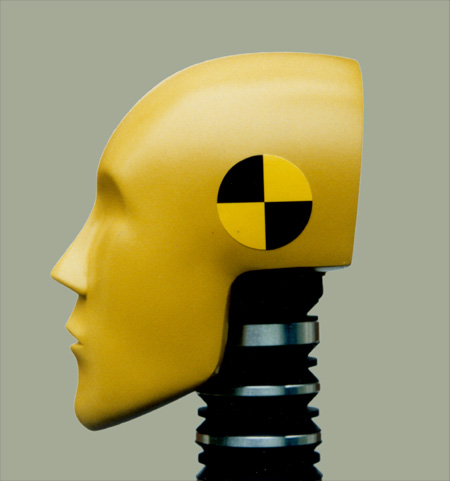I've been working with a friend of the family suffering from an incompletely diagnosed pain condition for which there are (several) other complications. One of the challenges they have experienced getting treatment is the incessant delays for referrals, diagnosis, and treatment.
Here's one situation as it is today for just one of those complications:
Patient had to see primary care for the referral. Estimated wait time (based on history) is 1-2 weeks for non-urgent issues, 3-5 days for urgent but not emergency issues. This was mid-range, and we actually did OK* considering the holidays.
After the referral, estimated wait time was similar, and again, we did "OK" even during the holidays.
If further diagnostic testing is needed, that's another referral to imaging or lab. Labs are easy, they can just walk in to just about any of the labs connected to their practice for blood or urine tests. Imaging is a bit more challenging, especially if MRI or CT is needed, or more specialized procedures. For a specialized MRI procedure with contract, we were looking at a 3 week wait with their current practice, because there's only one person who reads that, and that person is on vacation for the first two weeks in January. So we are trying to go somewhere else, and even though the order is visible, it's incorrectly written, requiring 3 calls to get it corrects.
Then there's going to be a follow-up needed, so another one of these 3-5 day waits.
Finally, there's almost certainly going to need to be a referral for treatment, which could range from PT to surgery with other options in-between, although my guess is that it's going to be PT with fallback to surgery if that doesn't work.
PT will take another week to get started and then a month or more to start having results.
In the meantime, this friend is currently suffering pain on a scale of about 8.5 from the current complication, and pain treatments are only moderately helpful.
Consider the cost of all of these visits: 1 visit to primary care, 2 to the specialist, 1 to imaging, and at least 2 more for treatment, although likely more. All of this over a time period from start of December to end of February if they are lucky by my current estimates.
What they don't have yet, after a month, is any treatment or more specific diagnosis, or even a sense of what that treatment will look like or how successful that will be. In the meantime, there's still the primary problem to address, and another secondary complication, all requiring specialist care.
We've been to doctor's visits every day for a week (seven visits in one week) because of all of the "care". Even though almost all of these are within a single practice, the coordination provided by their primary care provider leaves a lot to be desired. In the midst of all of this they've been having to fuss at them continuously to fill out other paperwork needed for disability and other benefits.
These aren't health information technology problems, they are process and system problems. This isn't an interoperability issue. Orders, lab results, and even imaging results and images flow seamlessly through their providers, in part because I helped them set it up that way during provider selection. There's single point of failure problems, serialization of multiple independent processes, and lack of coordination over all. And that's when the system is working really well with regard to interoperability, and the payer has hardly gotten in the way at all, and even the one call that was need was handled by them quite well.
As I think about my day job, I start wondering about what more can be done here. Health IT isn't necessarily the answer, not without some serious systemic change. I'll muse on this some more.
-- Keith
* OK is relative. They did OK in the sense that they got something (an appointment) sooner than I expected, but it was still a hell-of-a wait to spend in serious pain.
P.S. And to top it all off, tomorrow's appointment is cancelled and will have to be rescheduled due to weather ... after they had already rescheduled another appointment it conflicted with.














